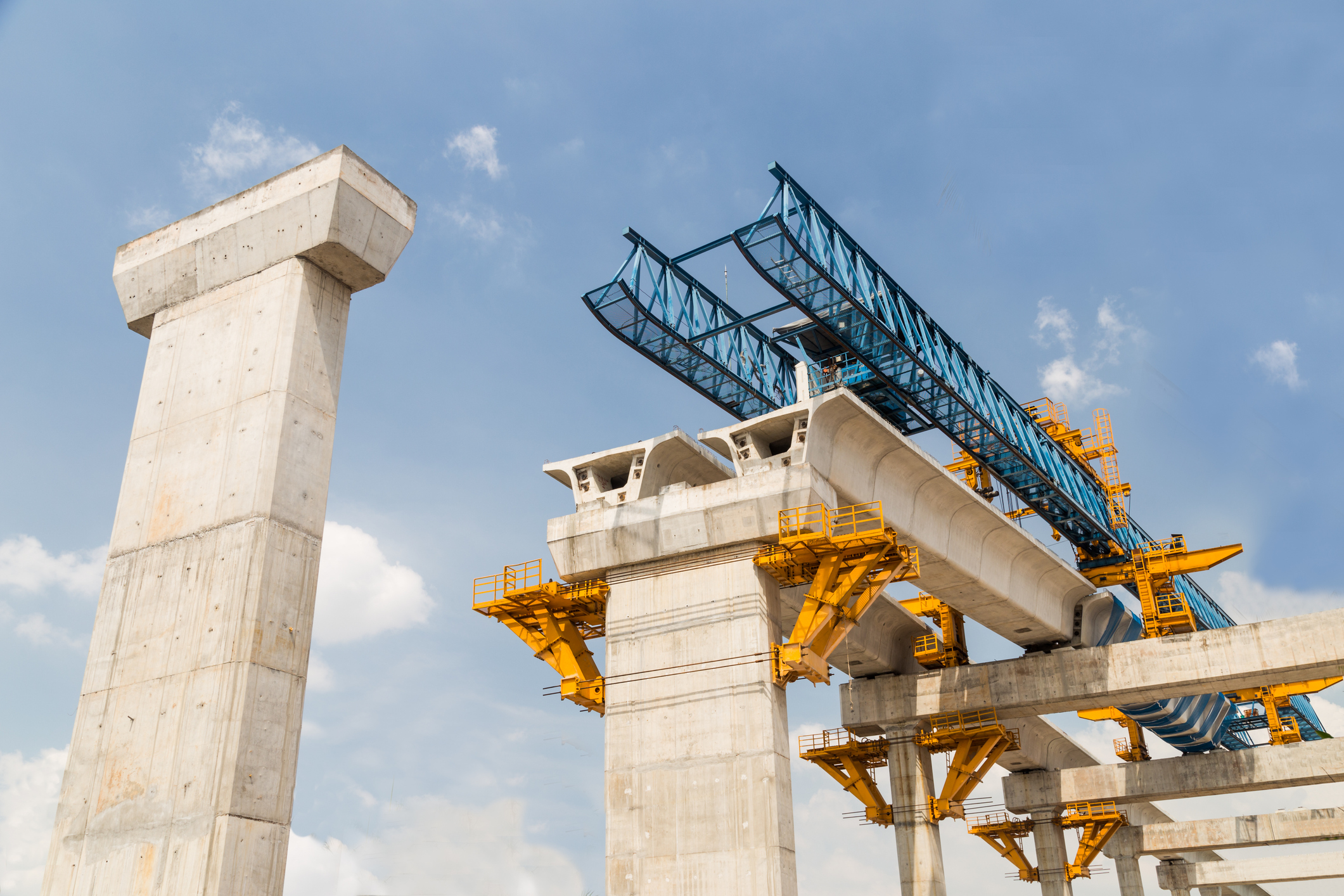Key Findings
- The WSF fleet renewal effort has fallen far behind the timeline in the agency’s Long Range Plan, resulting in service interruptions and increased costs for maintaining the existing fleet.
- Acquisition of new ferries has been delayed and made more expensive due to the Governor’s Executive Order 18-01 that directed WSF to transition to a fleet with zero-carbon emissions.
- HB 1846 modifies the vessel procurement process and is expected to result in more competitive bids and a more economical ferry design.
- HB 1846 retains the requirement for hybrid-electric propulsion which is likely to result in ferries that are more costly to acquire than conventionally powered vessels.
- Despite the expedited process called for in HB 1846, fleet constraints are likely to result in service reductions through the end of the decade.
Introduction
To renew the Washington State Ferry system’s fleet the 2019 Long Range Plan calls for buying seven new ferries by 2028 to replace five older ferries nearing retirement.1 Procurement of new vessels is years behind the planned timeline, however, with the result that WSF is hard pressed to maintain service at the level promised to the public.
The average age of a Washington state ferry is 32 years. Five ferries have been in service fifty years or more (including the Tillikum, launched in 1959), and six others have been in service more than forty years. In many cases the boats are older than the crews that run them.
WSF added four new Olympic Class ferries to the fleet between 2014 and 2018, and four older vessels were decommissioned at roughly the same time. Meanwhile, the rest of the fleet continued to age so the fleet average age, which had already reached 32 in 2014, has not been improved. Ferries are in service year-round in a harsh marine environment, so corrosion is a constant problem, and mechanical and electrical systems eventually wear out. As the fleet ages, breakdowns become more frequent and more costly to fix.
Not only is the fleet elderly by commercial vessel standards, it has also been reduced in number. In 2014 WSF had 23 vessels available for service. By 2022 that number had been cut to 21, and one of those ferries, the Cathlamet, was out of service for six months after the captain ran it into the pilings at the Fauntleroy dock. WSF does not have enough relief vessels so they can’t schedule enough maintenance and dry-dock time for repairs. When a ferry is taken out of service for unplanned repairs, service to the public is often interrupted, sometimes for an extended period. Fleet limitations are expected to result in service reductions until the end of the decade, if not longer.
Read the full legislative memo here.



